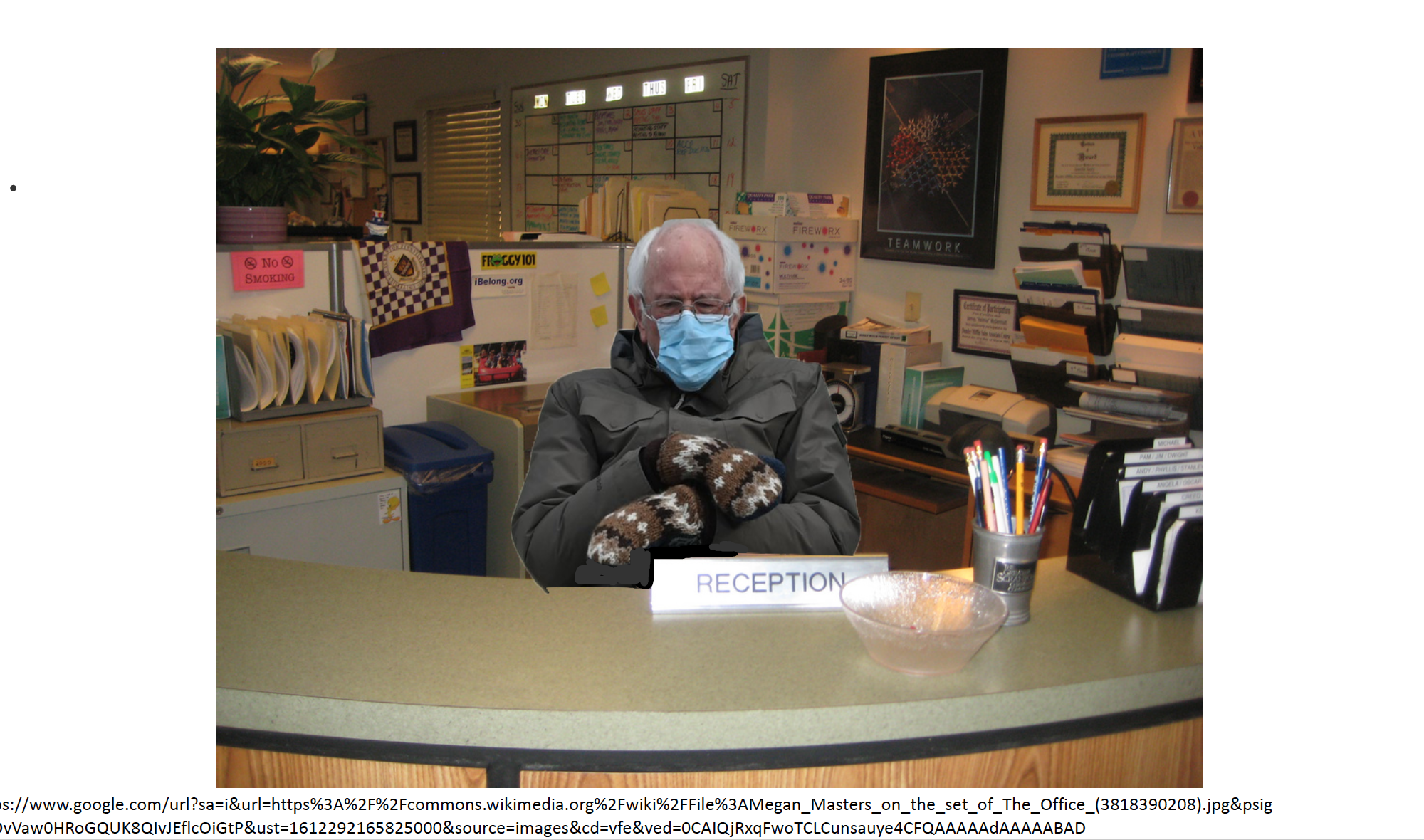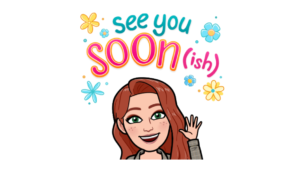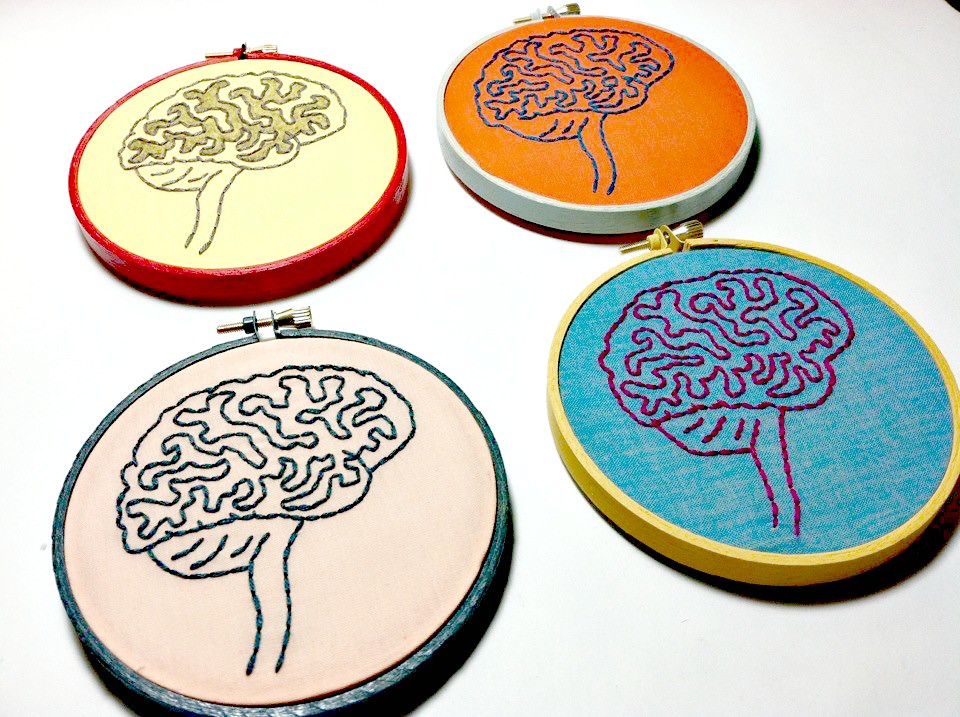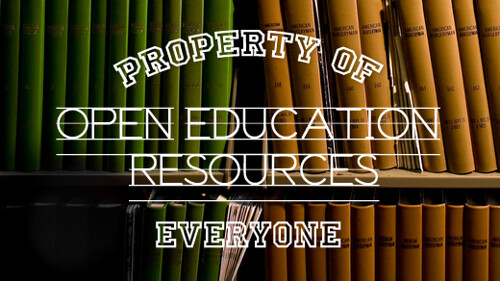In my reading this week, I learned that there are four types of student inquiry:
- Structured
- Controlled
- Guided
- Free
A structured inquiry is more collaborative than the rest. In this type of inquiry, learners engage in the same inquiry together while following the lead of their teacher.
A controlled inquiry is teacher centered as they make the decisions on what topic, materials, and way their students will inquire. Additionally, the teacher chooses the inquiry question for all of the children to focus on.
In a guided inquiry, the teacher decides on the topic or question, but the students fisgure out the materials and way to find a solution. The teacher guides their learning by providing questions throughout the unit to deepen understanding.
Lastly, in a free inquiry, students decide their own topic or question. There is no guidance or prompt to influence the topic of this inquiry. In this style, the learners design their own questions, methods, and form or showing their understanding.
Before this reading, I didn’t know that inquiry was divided into these different types of teacher to student transmission. The only inquiry that I have experienced in university is guided inquiry in literacy and language which I really enjoyed. Reading about all of the variations of inquiry was really inspiring and I’m excited to learn more about what each type would look like as a lesson.
All of this information is from:
MacKenzie, T., & Bathurst-Hunt, R. (2018). Inquiry mindset: Nurturing the dreams, wonders & curiosities of our youngest learners. EdTechTeam Press.
https://www.trevormackenzie.com
http://rebeccabathursthunt.com




